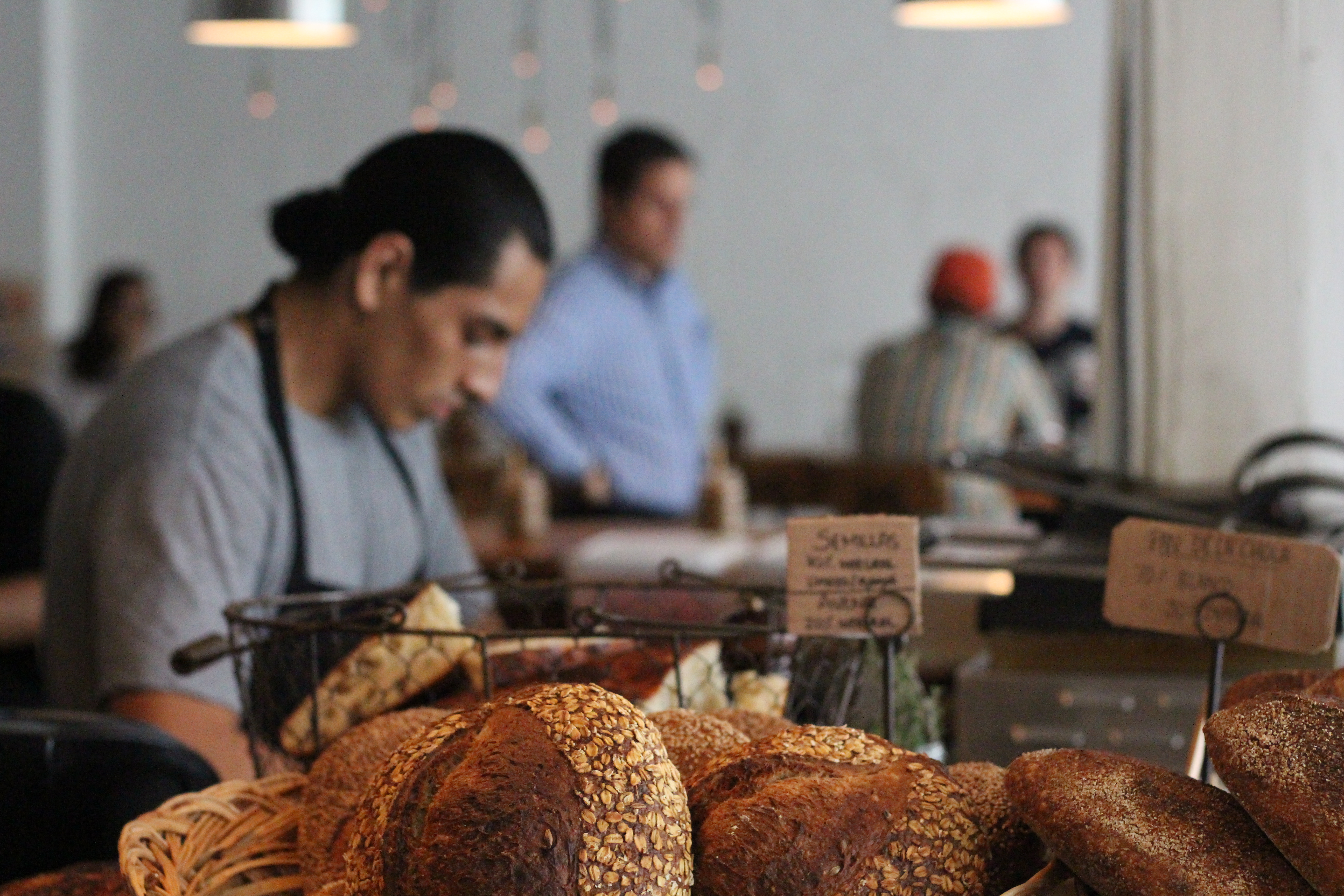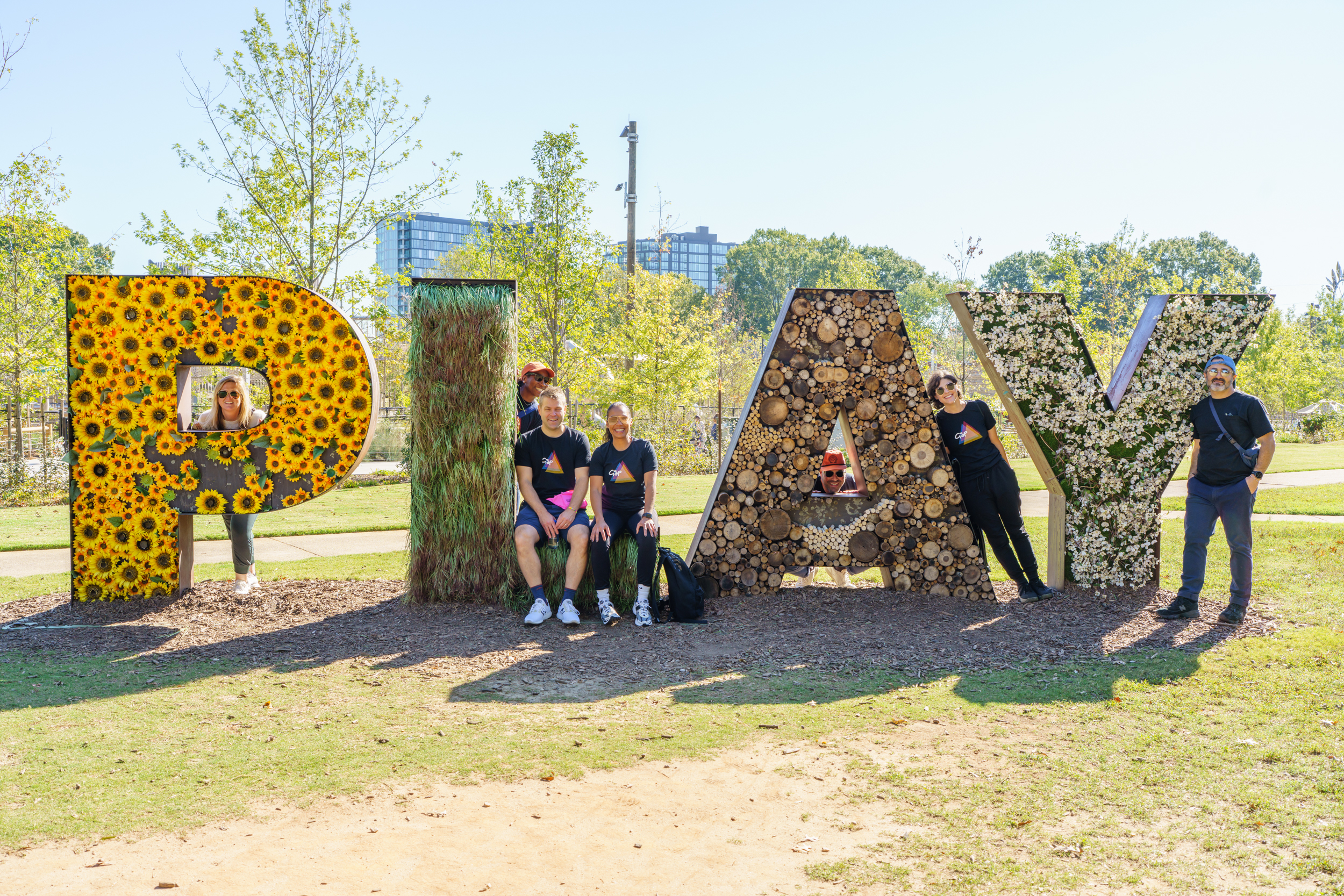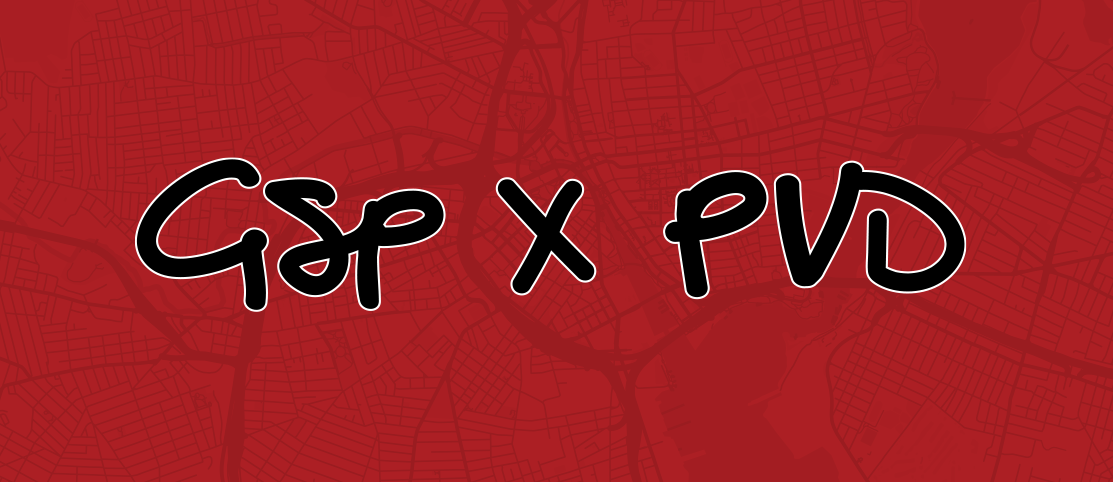Month 04: Lima
Incredible sunsets, the beach, pisco sours, unbelievably fresh ceviche… Add Lima to the list of cities that have pleasantly surprised just about all of us. We’ve been based in the posh town called Miraflores, which is part of the district of Lima. Miraflores borders the beach and has all kinds of lovely neighborhoods with parks, simple but beautiful houses, and the occasional cobblestone street with gorgeous street art.
Miraflores, despite it being the much nicer area in greater Lima, is unlike all other higher-end areas I’ve been to – specifically this year, but possibly in general. There are certain elements of nice neighborhoods that you grow accustomed to, even when traveling through South America: the coffee shops, the high-end clothing stores, the fitness studios, the cafes featuring artisanal breads and fresh-pressed juices. Miraflores doesn’t really have….well, any of this. At least not like you’d think. I found the best bakery in the city where I was able to check off a few things from this list – great espresso, an excellent sandwich on homemade bread, and a green juice – but these staples of trendier neighborhoods are not speckled throughout the city the way they were in the fancier and trendier neighborhoods of Mexico City, Bogota, and Medellín.
So…what is in Miraflores, if it’s this higher-end town? Beautiful parks, for one. All along the lush coastal cliff (which drops off to a string of rocky beaches) is a network of fantastic parks. Some of these parks are simple and passive with grassy areas and benches, one features a lighthouse popular for sunset picnics, there are tennis courts, gardens with flowers organized in the style of the Nazca Lines (a famous tourist site in Peru featuring enormous designs carved into the dirt, their origins unknown), a skate park and dirt bike course, and even a place to go paragliding. On a Sunday walk back from that bakery I mentioned, I walked through all of these parks and was able to see the variety of users – a group of guys playing rugby, a family hanging out at the skate park while their older child taught their toddler to rollerblade, people walking their dogs, some sitting on their own and reading while enjoying the sea breeze. These parks are so well-maintained and offer such a variety of public places for the people and visitors of Miraflores, they became my favorite part of the city. One of the most appealing things about them is that they are busy from 5:30am to as late as 11pm. People coming to exercise with a view, families taking walks, friends walking around with ice creams or coffee…you can find all of these archetypes from dawn to dusk (and later).
When it comes to retail, there’s quite a mix, but it’s worth noting that Miraflores is a fairly popular place for tourists visiting Lima. Around the most central park, Parque Kennedy, you’ll find hostels, ice cream shops, casinos, bars, and restaurants with menus proudly displayed in both Spanish and English. There’s one alley off of Parque Kennedy where guys stand in the middle, holding out menus or pointing to their large picture-heavy menus on A-frame boards, shouting drink and ceviche specials in hopes of enticing you to come into their restaurant. My roommates and I went there on the first night, thinking “What a quaint alley!” and by the time we made our way out, we vowed never to return. Casinos are a very regular sight here, lining the streets for both locals and visitors to stop in and try their luck. Even moving into the less-central parts of Miraflores, there doesn’t appear to be much of a retail “strategy”, no cohesive retail district offering the comforts of home to expats like us. As frustrating as that could be, when there were very few places to grab lunch from the workspace and very few places to get a good latte, I think this felt like one of the more “real” places we’ve stayed in. Miraflores, despite being the fancier part of Lima, is not purely posh. It’s a bit tacky with its casinos and bars with guys shouting at you to enjoy a $2 liter of beer, but overall it just feels like a normal place, and I think there’s something to be said for that, and for Remote Year choosing it to be a regular in its itineraries.
So far on Remote Year there’s been a spectrum in each city, from prolific street vendors to incredible, world-renowned chef-driven restaurants. Well, the closest thing I can think of to street vendors here are surf schools housed in tents along the beach, and I did happen to visit the fifth-best restaurant in the world during my first week here. It’s called Central, opened by Virgilio Martinez Veliz, and its goal is not to serve you the most delicious meal you’ve ever had in your life. The goal is to take you on a 4-hour, 17-course journey through the different ecosystems and elevations of Peru’s varying landscapes. There were more times than I’d feel comfortable admitting where I’d go to pick up a potato and be told “That’s not for eating. That’s a rock.” …Fair enough. It was the most unique food experience I’ve ever had and it really did help to give me an idea of all that the country has to offer from the coast to the Andean highlands and everything in between. One of the best parts of the experience was the design of the restaurant: from where I sat I could see everything being plated in the kitchen below, which was fascinating. Next to my table was a full-on research lab, featuring a white board with different elevations and accompanying dish ideas. I saw rocks, different mosses, and all kinds of books and beakers. At Central, the biology of the meal is just as important as the taste.
One thing I’ve learned over the last four months is that every city we visit conjures up such different reactions from everyone in the group. For instance, I was not a fan of Bogota but it was others’ favorite city so far. I think that’s the beauty of planning and urban design, and design in general. I’ve seen prints about design that say “If nobody hates it, nobody loves it,” which rings true for places and reminds me that places should be designed for a variety of tastes, and it reminds me that a few bad impressions of something in a city is not actually the worst thing – it likely means there’s someone out there sketching that same moment in admiration, and I think that’s pretty beautiful. Next up is Córdoba, Argentina, and I can’t wait to see what this new country has in store for us.




